Blog
Jewellok is a professional pressure regulator and valve manufacturer and supplier.
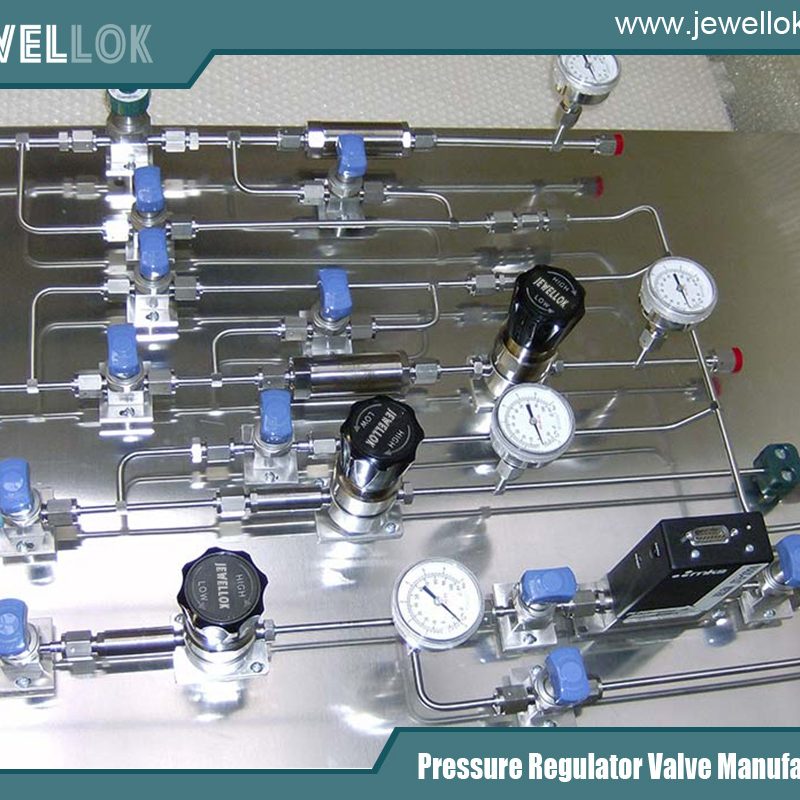
In-depth Analysis of the Adjustment Accuracy and Influencing Factors of the Large-flow Single-gauge Pressure Reducing Valve
- Pressure Regulator Valve Manufacturer
- adjusting propane regulator, argon hose fitting, bcf connector, block & bleed valve, characteristics of pressure, chinese propane gas cylinder, diaphram valve, double block and bleed valve, double block bleed valve, gas filter, gas regulator, gas used in semiconductor manufacturing, high pressure flexible hose, how a solenoid valve works, hydraulic regulator, industrial grade purity, large flow single gauge pressure reducing valve, large flow single gauge pressure reducing valve factory, large flow single gauge pressure reducing valve manufacturer, large flow single gauge pressure reducing valve supplier, low pressure regulator, o ring face seal fittings, pressure gauge manufacturers, pressure relief valve vs safety relief valve, quick connect valve, safety relief valve vs pressure relief valve, solenoid valve for ammonia gas 1 inch pipe, solenoid water valve, ultra high purity, water solenoid valve 24v
- No Comments
In-depth Analysis of the Adjustment Accuracy and Influencing Factors of the Large-flow Single-gauge Pressure Reducing Valve
In industrial production and various fluid conveying systems, the large-flow single-gauge pressure reducing valve plays a crucial role. It controls high-pressure fluids, reducing their pressure and outputting them as lower-pressure and stable fluids, ensuring the safe and stable operation of downstream equipment. The adjustment accuracy, as a key indicator for measuring the performance of the pressure reducing valve, is directly related to the operational stability and reliability of the entire system. This article will conduct an in-depth exploration of the adjustment accuracy of the large-flow single-gauge pressure reducing valve and its influencing factors.

Overview of the Adjustment Accuracy of the Large-flow Single-gauge Pressure Reducing Valve
(A) Definition of Adjustment Accuracy
The adjustment accuracy refers to the degree of approximation between the actual output pressure and the set output pressure of the pressure reducing valve during its operation, usually expressed by a deviation value or a percentage. For example, if the set outlet pressure is 5MPa, and the actual output pressure fluctuates between 4.95 – 5.05MPa, then the adjustment accuracy of this pressure reducing valve under this working condition is ±0.05MPa, which can also be expressed as ±1% (based on 5MPa).
(B) Common Range of Adjustment Accuracy
Different types and specifications of large-flow single-gauge pressure reducing valves have different adjustment accuracies. Generally speaking, the adjustment accuracy of ordinary industrial large-flow single-gauge pressure reducing valves is within ±(1% – 5%), which can meet the needs of most conventional industrial production, such as general chemical raw material transportation, ordinary industrial gas supply, and other scenarios. For some special industries with extremely high requirements for pressure stability, such as electronic chip manufacturing and precision instrument production, high-precision large-flow single-gauge pressure reducing valves are used, and their adjustment accuracy can reach ±0.5% or even higher.
Influencing Factors of Adjustment Accuracy
(A) The Structural Design of the Pressure Reducing Valve Itself
- The Matching Accuracy of the Valve Core and the Valve Seat: The valve core and the valve seat are the core components of the pressure reducing valve for realizing pressure adjustment, and their matching accuracy directly affects the leakage amount and adjustment sensitivity. If the matching clearance is too large, there will be more medium leakage in the closed state, making it difficult to stabilize the outlet pressure at the set value, and the adjustment accuracy will decrease. However, if the matching accuracy is too high, although it can reduce the leakage, it may increase the friction force of the valve core movement, making the valve core response speed slow, which is also not conducive to accurate adjustment.
- The Performance of the Spring: The spring provides the reset force for the pressure reducing valve, and its stiffness and stability have a significant impact on the adjustment accuracy. If the spring stiffness is not appropriate, when the flow rate or the inlet pressure changes, the spring cannot effectively push the valve core to move in a timely manner to maintain the stability of the outlet pressure. For example, if the spring stiffness is too large, when the outlet pressure changes slightly, the spring cannot stretch and adjust in time, resulting in large pressure fluctuations. If the stiffness is too small, it is difficult to resist the pressure change, making the pressure-stabilizing ability of the pressure reducing valve poor. At the same time, during long-term use, if the spring has problems such as fatigue and deformation, its performance will also decline, affecting the adjustment accuracy.
- The Quality and Characteristics of the Diaphragm: In some pressure reducing valves with a diaphragm structure, the diaphragm plays a role in sensing the pressure change and transmitting the force. The material, thickness, and elasticity of the diaphragm affect its response sensitivity and accuracy to the pressure change. A high-quality diaphragm should have good flexibility and strength, and can quickly and accurately transmit the pressure change to the valve core. If the diaphragm material is poor or aged and damaged, situations such as deformation and rupture may occur, resulting in distorted pressure transmission and thus affecting the adjustment accuracy.
(B) The Characteristics of the Working Medium
- The Viscosity of the Medium: When a high-viscosity medium flows in the pressure reducing valve, it will generate a large viscous resistance, hindering the normal movement of the valve core and making the response speed of the pressure reducing valve slow. When the flow rate or pressure changes, the valve core cannot make corresponding adjustments in a timely manner, resulting in an increase in the fluctuation of the outlet pressure and a decrease in the adjustment accuracy. For example, when transporting high-viscosity lubricating oil, compared with low-viscosity water, it is often more difficult to ensure the adjustment accuracy of the pressure reducing valve.
- The Corrosivity of the Medium: If the medium is corrosive, it will gradually erode the internal components of the pressure reducing valve, such as the valve core, the valve seat, and the diaphragm, changing their dimensions and surface roughness. The damage of the components will lead to an increase in leakage and a decrease in the matching accuracy, ultimately seriously affecting the adjustment accuracy and service life of the pressure reducing valve. In the chemical industry, in the pipeline systems transporting corrosive media, special attention needs to be paid to the anti-corrosion problem of the pressure reducing valve.
- Impurity Particles in the Medium: If there are impurity particles in the medium, they may enter the sealing surface between the valve core and the valve seat, causing poor sealing and leakage, making the outlet pressure unstable. The impurity particles may also get stuck in the valve core, hindering its normal movement, resulting in the pressure reducing valve being unable to accurately adjust the pressure. To solve this problem, a filter is usually installed in front of the pressure reducing valve to remove the impurities in the medium.
(C) Working Conditions
- The Fluctuation of the Inlet Pressure: The frequent and large fluctuations of the inlet pressure are one of the important factors affecting the adjustment accuracy of the pressure reducing valve. When the inlet pressure suddenly increases, if the pressure reducing valve cannot respond and adjust quickly, the outlet pressure will also increase instantaneously and deviate from the set value. Conversely, when the inlet pressure suddenly decreases, the outlet pressure may also decrease accordingly. To deal with the fluctuation of the inlet pressure, some advanced pressure reducing valves adopt pressure compensation devices or intelligent control systems to improve their adaptability to pressure changes.
- The Change of the Flow Rate: Under the large-flow working condition, the rapid change of the flow rate poses a challenge to the adjustment accuracy of the pressure reducing valve. When the flow rate suddenly increases, the pressure reducing valve needs to increase the opening degree in a timely manner to meet the flow demand, but during this process, the outlet pressure may experience a short-term decrease. When the flow rate suddenly decreases, the outlet pressure may increase. Different pressure reducing valves have different performances in responding to the change of the flow rate, and some pressure reducing valves with good flow characteristics can maintain a relatively stable outlet pressure within a large flow rate change range.
- The Working Temperature: The change of the working temperature will affect the physical properties of the medium, such as viscosity and density, and may also cause the thermal expansion and contraction of the components of the pressure reducing valve. An increase in temperature may reduce the viscosity of the medium and enhance its fluidity, increasing the risk of leakage. The change in the size of the components caused by the temperature change may damage the matching accuracy of the valve core and the valve seat, thus affecting the adjustment accuracy. For pressure reducing valves working in high-temperature or low-temperature environments, special materials and structural designs are required to adapt to the temperature change.
(D) Installation and Maintenance
- The Installation Method and Location: Improper installation method and location of the pressure reducing valve may have a negative impact on its adjustment accuracy. For example, if there is a large stress in the pipeline during installation, it will be transmitted to the pressure reducing valve, affecting the normal movement of the valve core. If the installation location is close to a vibration source, the vibration will loosen the internal components of the pressure reducing valve, resulting in a decrease in the sealing performance and adjustment failure. In addition, if the pipeline layout before and after the pressure reducing valve is unreasonable, such as having too many elbows and diameter changes, it will cause the turbulence of the fluid, interfere with the normal operation of the pressure reducing valve, and reduce the adjustment accuracy.
- The Situation of Maintenance: Regular maintenance is the key to ensuring the long-term stable operation of the pressure reducing valve and maintaining good adjustment accuracy. Maintenance work includes cleaning the internal components, checking the wear condition of the seals, replacing the damaged components, calibrating the pressure gauge, etc. If maintenance is not carried out for a long time, dirt and impurities will accumulate inside the pressure reducing valve, the seals will age and wear, and the performance of the spring will decline, all of which will lead to a gradual deterioration of the adjustment accuracy. At the same time, incorrect maintenance operations, such as over-tightening or loosening the adjustment bolts and improper installation of components, may also damage the pressure reducing valve and affect its adjustment accuracy.
Measures to Improve the Adjustment Accuracy
- Optimize the Structural Design: Research and adopt advanced processing technologies for the valve core and the valve seat to improve their matching accuracy. Select high-performance and stable springs and diaphragms, and reasonably design the spring stiffness and diaphragm parameters according to different working conditions. Optimize the overall structure of the pressure reducing valve, for example, adopt a multi-stage pressure reducing structure and add a pressure balancing device, etc., to improve its adaptability to pressure and flow rate changes.
- Adapt to the Characteristics of the Medium: According to the viscosity, corrosivity, and impurity content of the medium, select a suitable pressure reducing valve made of appropriate materials and take corresponding protective measures. For high-viscosity media, select a pressure reducing valve structure with large flow capacity and small resistance. For corrosive media, use corrosion-resistant materials to manufacture the internal components or apply anti-corrosion coating treatment. For media containing impurities, strengthen the filtering measures and clean the filter regularly.
- Stabilize the Working Conditions: Set up pressure stabilizing devices, buffer tanks, and other equipment to reduce the fluctuation of the inlet pressure. Reasonably plan the system flow rate to avoid sudden changes in the flow rate. For working conditions with large temperature changes, take heat preservation or cooling measures to make the pressure reducing valve work within a suitable temperature range.
- Standardize the Installation and Maintenance: Install the pressure reducing valve strictly in accordance with the installation instructions to ensure correct pipeline connection, no stress, and keep it away from the vibration source. Formulate a scientific maintenance plan, regularly inspect, clean, calibrate, and replace the components of the pressure reducing valve to ensure that it is in good working condition.

Conclusion
The adjustment accuracy of the large-flow single-gauge pressure reducing valve is affected by a variety of factors comprehensively, including its own structural design, the characteristics of the working medium, working conditions, as well as installation and maintenance. In practical applications, it is necessary to comprehensively consider these factors and take targeted measures to improve the adjustment accuracy, ensuring that the pressure reducing valve can operate stably and reliably and provide stable pressure support for industrial production and various fluid conveying systems. With the continuous development of technology, in the future, it is expected that through the application of new materials, new processes, and intelligent control technologies, the adjustment accuracy and performance of the large-flow single-gauge pressure reducing valve can be further improved to meet broader and higher industrial requirements.
For more about in-depth analysis of the adjustment accuracy and influencing factors of the large-flow single-gauge pressure reducing valve, you can pay a visit to Jewellok at https://www.jewellok.com/ for more info.
Recent Posts
How a Gauged Two-Stage Propane Gas Pressure Regulator Works
The Best Natural Gas Pressure Regulators Manufacturers in USA
How to Choose the Right Laboratory Gas Valves
The Top High Pressure Hydraulic Needle Valve Manufacturer in 2025
Why the Top Companies Choose Ultra-High Purity Diaphragm Valves
How to Choose the Material Properties of Ball Valve Core?
Tags
Recommended Products
-
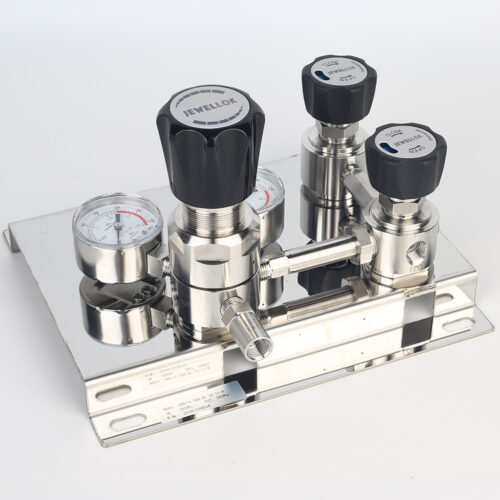
Stainless Steel 316L Single Stage Regulator Pressure Control Panels JSP-1E Series For Semiconductor Fluid Control
-

Low Pressure High Flow Line Pressure Regulators And Control Valves JSR-4L Series For Laboratory Pressure Control
-
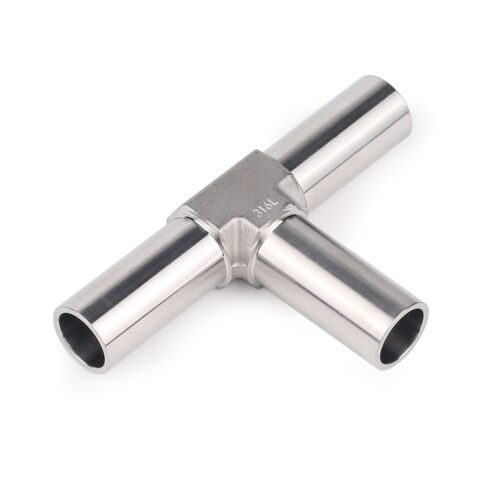
Stainless Steel Ultra Clean Welding Joint Fittings TW Series TRW Series & CW Series
-
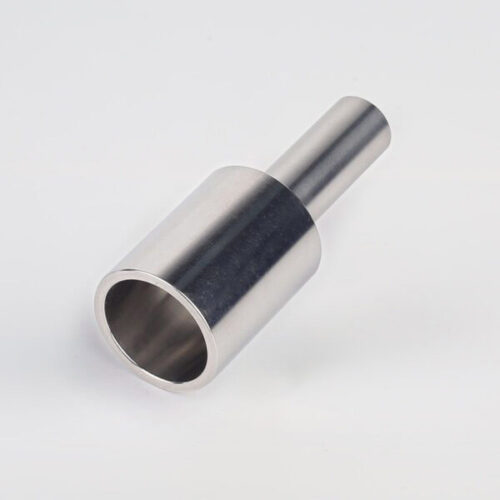
316L Stainless Steel Tube Butt Weld Reducing Fittings Union Reducer RW Series Ultrahigh Purity Process
-

High Pressure High Flow Specialty Gas Control Panel With Diaphragm Valve , 3000Psig Oxygen Control Medical Changeover Manifold Panel
-
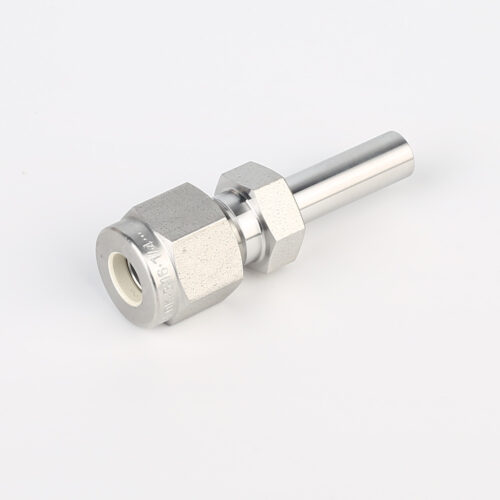
767LT Reducer Pressure Reducing Valve Adjustment High purity Pressure Reducing Union Fittings And Tubing
-
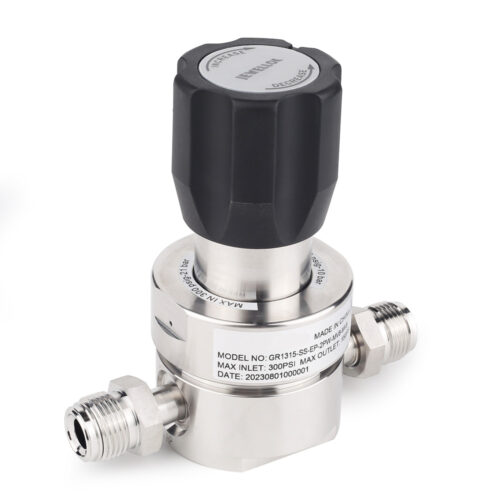
JR1300 Series Ultra High Purity Single Stage Regulator High Flow Line Regulator For Ultra High Purity Intermediate Flow
-
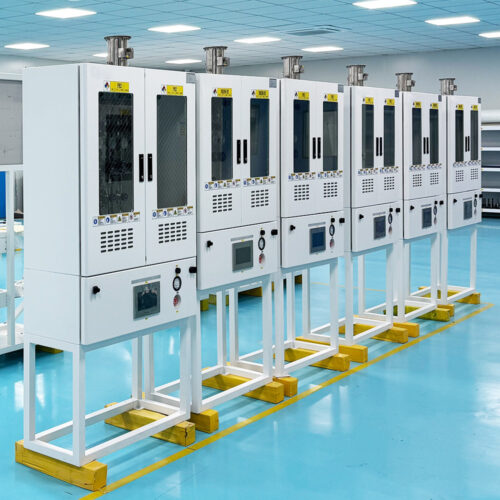
Ultra High Purity Gas Delivery Systems And Liquid Chemical Delivery Systems JW-300-LDS